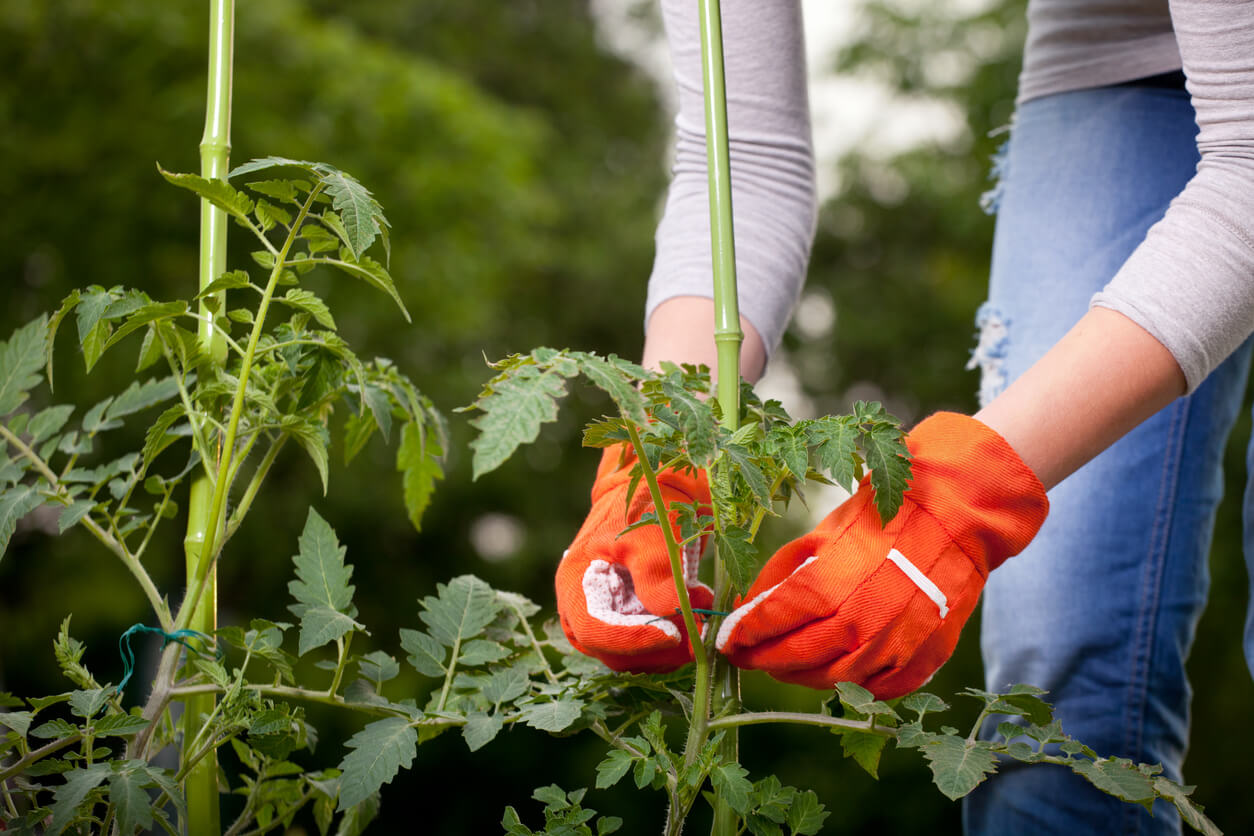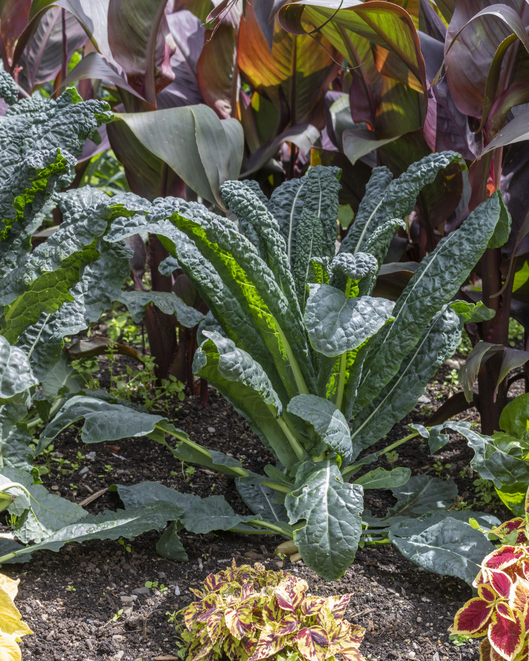Cat Holmes
University of Georgia
A University of Georgia program to reintroduce and safeguard the smooth coneflower species, Echinacea laevigata, is underway. Two new populations of the wildflower have been planted near the wild ones, in Habersham and Stephens counties, but “not quite so close to the road,” said Heather Alley, who heads up the flower restoration project at the State Botanical Garden of Georgia.
As a horticulture graduate student in UGA College of Agricultural and Environmental Sciences, Alley compared different techniques in an effort to find the best way to insure the flower’s survival in the wild. She looked at fall versus spring planting, caging or not caging the plants to protect them from predators and planting in clumps versus planting singly.
As a result of her research, new sites of smooth coneflower, planted in 2000, are flourishing today.
The USDA Forest Service, in conjunction with UGA’s Plant Conservation Program, has made the reintroduction of the smooth coneflower in Georgia part of its 10 year land management plan.
“We’re looking at loblolly pine plantations as possible sites,” said Doug Watson, wildlife biological technician for the Chattahoochee National Forest. “We’ll either thin those areas out or use intense prescribed fires to destroy the understory and create the open areas and sunlight where these plants thrive.”
Loss of habitat, through development and a decrease in the number of forest fires, is the biggest threat to the smooth coneflower’s survival, said Alley. “We estimate that two- thirds of the original coneflower populations have been destroyed,” she said. “[It] is now only found in Georgia, the Carolinas and Virginia. Its range used to extend up to Pennsylvania.”
Before, Alley explains, periodic wildfires would clear areas of trees, creating the Piedmont prairie conditions needed for species like the smooth coneflower to survive.
“Fire was important for early successional species,” she said. “Since our land management practices now involve protecting humans and their property by suppressing these fires, the areas that were part of the Piedmont prairie remain forested or have been developed.”
Lack of fires has meant that a lot of rare and endangered plants, like the smooth coneflower, that require high sunlight or soil disturbance, are now growing by roadsides and under power-lines, she said.
Alley and other UGA researchers are closemouthed about the smooth coneflowers’ exact locations in the wild. It, like other echinacea species, has been wild gathered – collected for both medicinal purposes and as a striking garden wildflower – for years, which is another reason this species is endangered.
Many species of Echinacea, all native to the U.S., have been used for centuries for medicinal purposes, first by Native Americans and later by European settlers.
“At the turn of the century it was a very common tincture,” Alley said. “It’s value as an immunostimulant is well documented. It has been widely cultivated and used in Europe since the 1930s.”
The petals of the smooth coneflower are droopier, longer and thinner than common varieties and they are pale pink. The plant itself is taller and more gangly than its cousins, so it doesn’t have quite the same garden potential, Alley said.
While the remaining wild sites of the smooth coneflower are best left undisturbed, it can be seen growing in both the Georgia State Botanical Garden in Athens and at Calloway Gardens in Pine Mountain.
(Cat Holmes is a news editor with the University of Georgia College of Agricultural and Environmental Sciences.)






